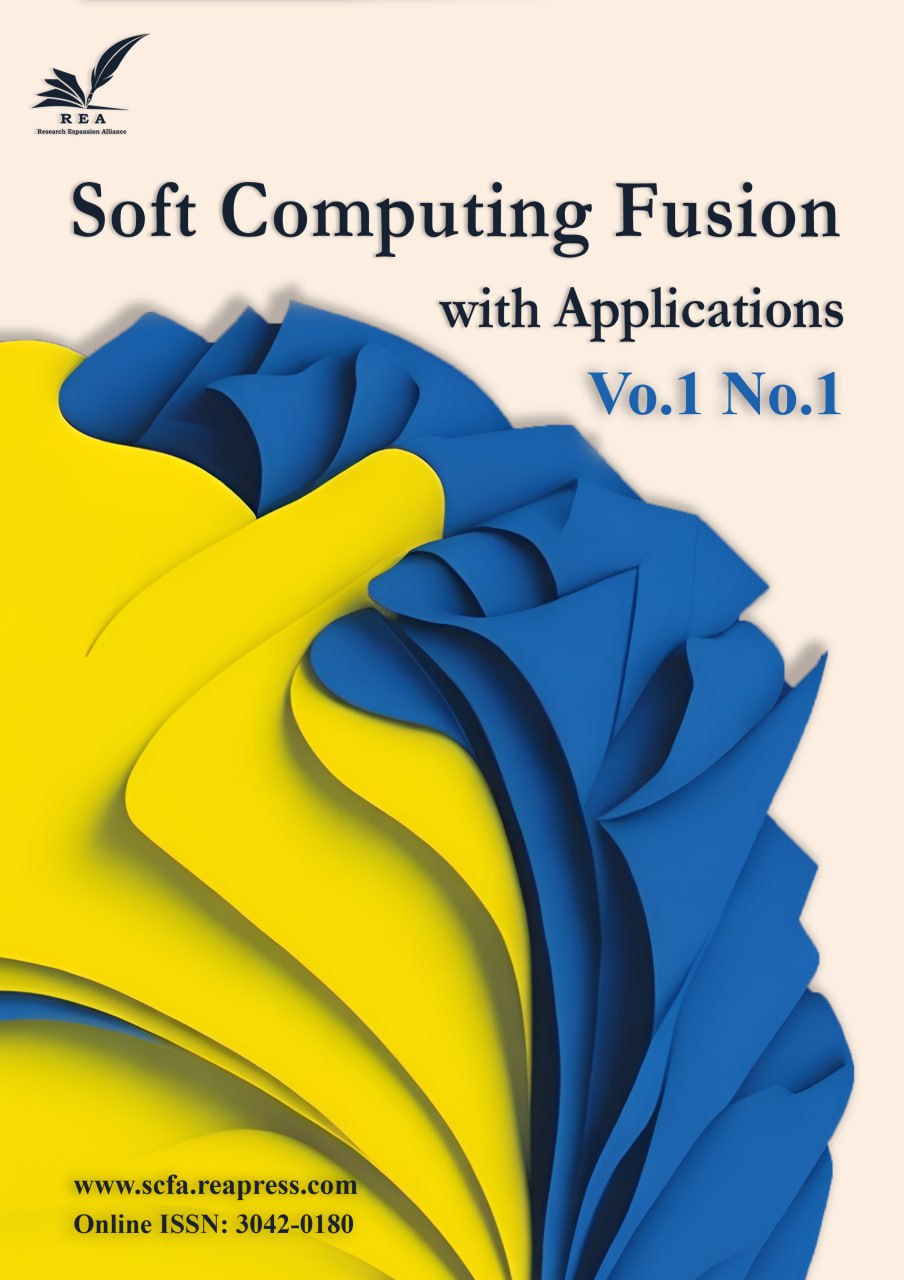A New Approach for Solving Fuzzy Cooperative Continuous Static Games
Abstract
This study explores Cooperative Continuous Static Games (CCSGs) characterized by fuzzy cost functions that are piecewise quadratic. It introduces an effective approximation technique, specifically the close interval approximation for Piecewise Quadratic Fuzzy Numbers (PQFNs). The paper employs the weighted Tchebycheff method to derive an optimal compromise solution and establishes the corresponding stability set of the first kind. Additionally, a numerical example is provided to illustrate the effectiveness of the proposed method in computational terms.
Keywords:
Cooperative continuous static games, Close interval approximation, Piecewise quadratic fuzzy numbers, α-efficient solution, Weighted Tchebycheff method, Optimal compromise solution, StabilityReferences
- [1] Vincent, T. L., Grantham, W. J., & Stadler, W. (1983). Optimality in parametric systems. Journal of applied mechanics, 50(2), 476. https://doi.org/10.1115/1.3167074
- [2] Zadeh, L. A. (1965). Fuzzy sets. Information and control, 8(3), 338–353. https://doi.org/10.1016/S0019-9958(65)90241-X
- [3] Dubois, D. J., & Prade, H. (1980). Fuzzy sets and systems: Theory and applications (Vol. 144). Academic press. https://B2n.ir/kx4935
- [4] Bellman, R. E., & Zadeh, L. A. (1970). Decision-making in a fuzzy environment. Management science, 17(4), B-141. https://doi.org/10.1287/mnsc.17.4.B141
- [5] Zimmermann, H. J. (1978). Fuzzy programming and linear programming with several objective functions. Fuzzy sets and systems, 1(1), 45–55. https://doi.org/10.1016/0165-0114(78)90031-3
- [6] Orlovski, S. A. (1984). Multiple programming problems with fuzzy parameters. Control and cybernetics, 13, 175–183. https://cir.nii.ac.jp/crid/1574231874182526592
- [7] Osman, M. S., & El-Banna, A. Z. H. (1993). Stability of multiobjective nonlinear programming problems with fuzzy parameters. Mathematics and computers in simulation, 35(4), 321–326. https://doi.org/10.1016/0378-4754(93)90062-Y
- [8] Khalifa, H. A., & Zeineldin, R. A. (2015). An interactive approach for solving fuzzy cooperative continuous static games. International journal of computer applications, 113(1), 16–20. https://www.researchgate.net/profile/Ramadan-Zeineldin/publication/276344678
- [9] Khalifa, H. (2019). Study on cooperative continuous static games under fuzzy environment. International journal of computer applications, foundation of computer science, 13, 20–29. https://www.researchgate.net/profile/Hamiden-Khalifa/publication/331043836
- [10] Donahue, K., Hauser, O. P., Nowak, M. A., & Hilbe, C. (2020). Evolving cooperation in multichannel games. Nature communications, 11(1), 3885. https://doi.org/10.1038/s41467-020-17730-3
- [11] Zhou, J., Tur, A., Petrosian, O., & Gao, H. (2021). Transferable utility cooperative differential games with continuous updating using pontryagin maximum principle. Mathematics, 9(2), 163. https://doi.org/10.3390/math9020163
- [12] Osman, M. S. A. (1977). Qualitative analysis of basic notions in parametric convex programming. II. Parameters in the objective function. Aplikace matematiky, 22(5), 333–348. https://dml.cz/handle/10338.dmlcz/103711
- [13] Osman, M. S. A. (1977). Qualitative analysis of basic notions in parametric convex programming. I. Parameters in the constraints. Aplikace matematiky, 22(5), 318–332. https://dml.cz/handle/10338.dmlcz/103710
- [14] Jain, S. (2010). Close interval approximation of piecewise quadratic fuzzy numbers for fuzzy fractional program. Iranian journal of operations research, 2(1), 77–88. chrome-extension://efaidnbmnnnibpcajpcglclefindmkaj/https://iors.ir/journal/browse.php?a_id=168&slc_lang=fa&sid=1&ftxt=1
- [15] Sakawa, M., & Yano, H. (1989). An interactive fuzzy satisficing method for multiobjective nonlinear programming problems with fuzzy parameters. Fuzzy sets and systems, 30(3), 221–238. https://doi.org/10.1016/0165-0114(89)90017-1
- [16] Sakawa, M., & Yano, H. (1989). Interactive decision making for multiobjective nonlinear programming problems with fuzzy parameters. Fuzzy sets and systems, 29(3), 315–326. https://doi.org/10.1016/0165-0114(89)90043-2
- [17] Rockafellar, R. (1967). Duality and stability in extremum problems involving convex functions. Pacific journal of mathematics, 21(1), 167–187. http://dx.doi.org/10.2140/pjm.1967.21.167


